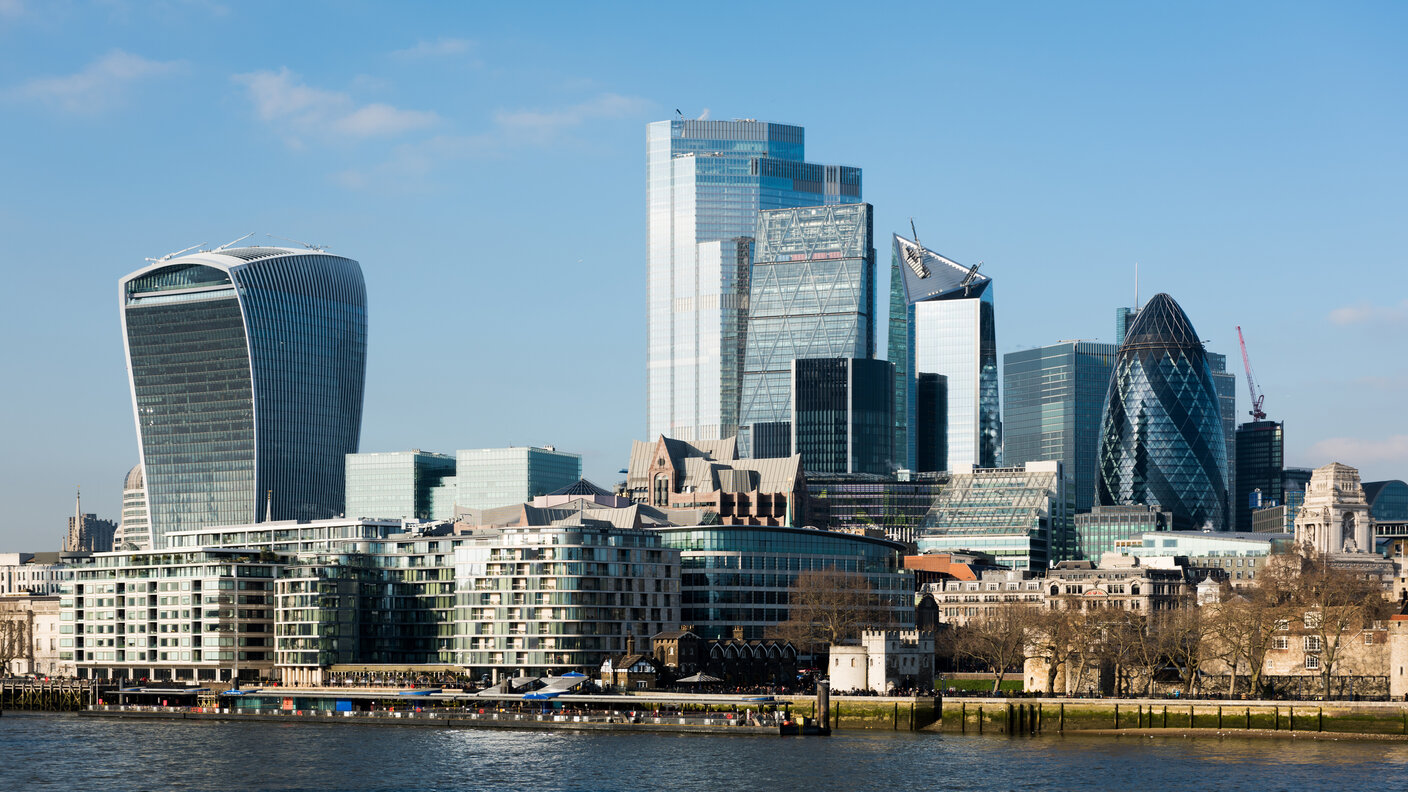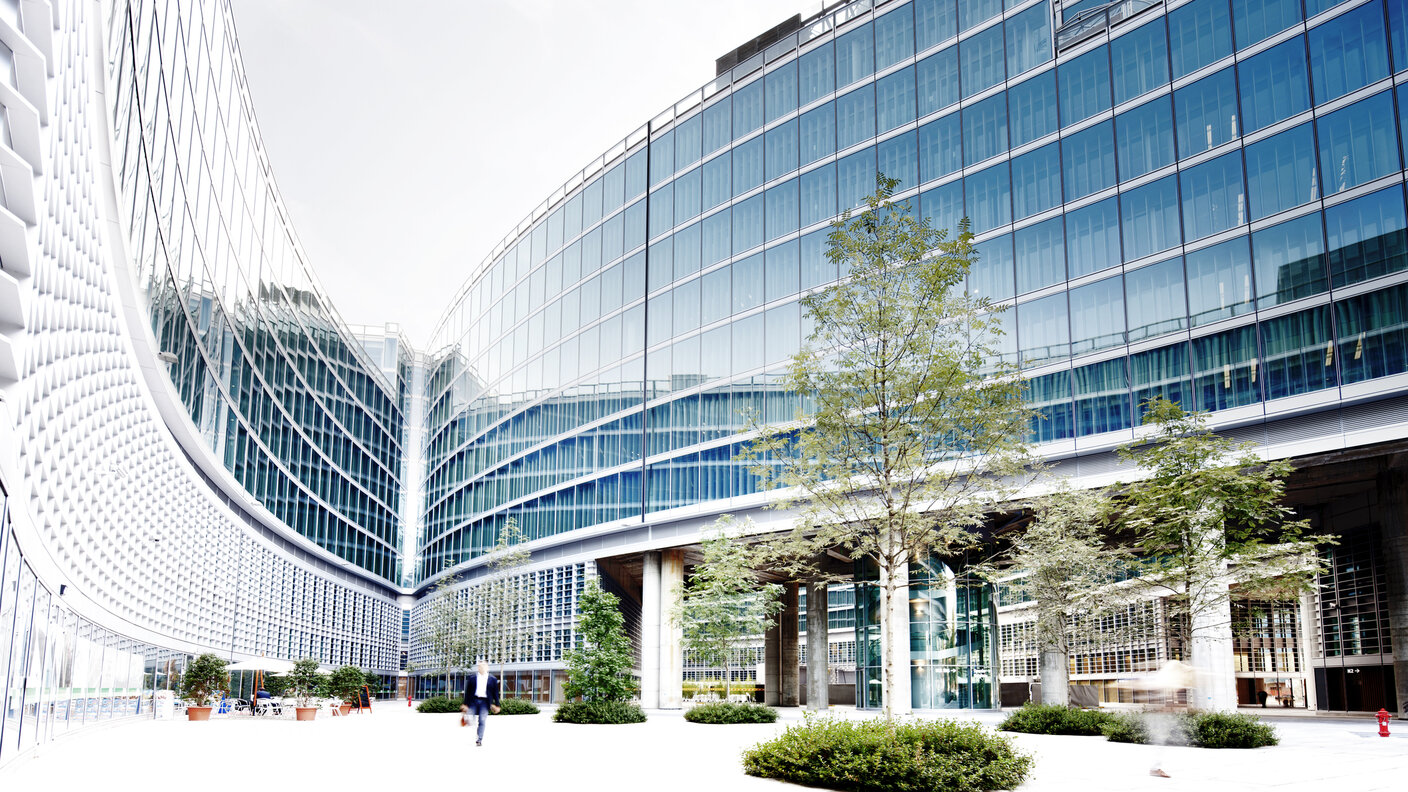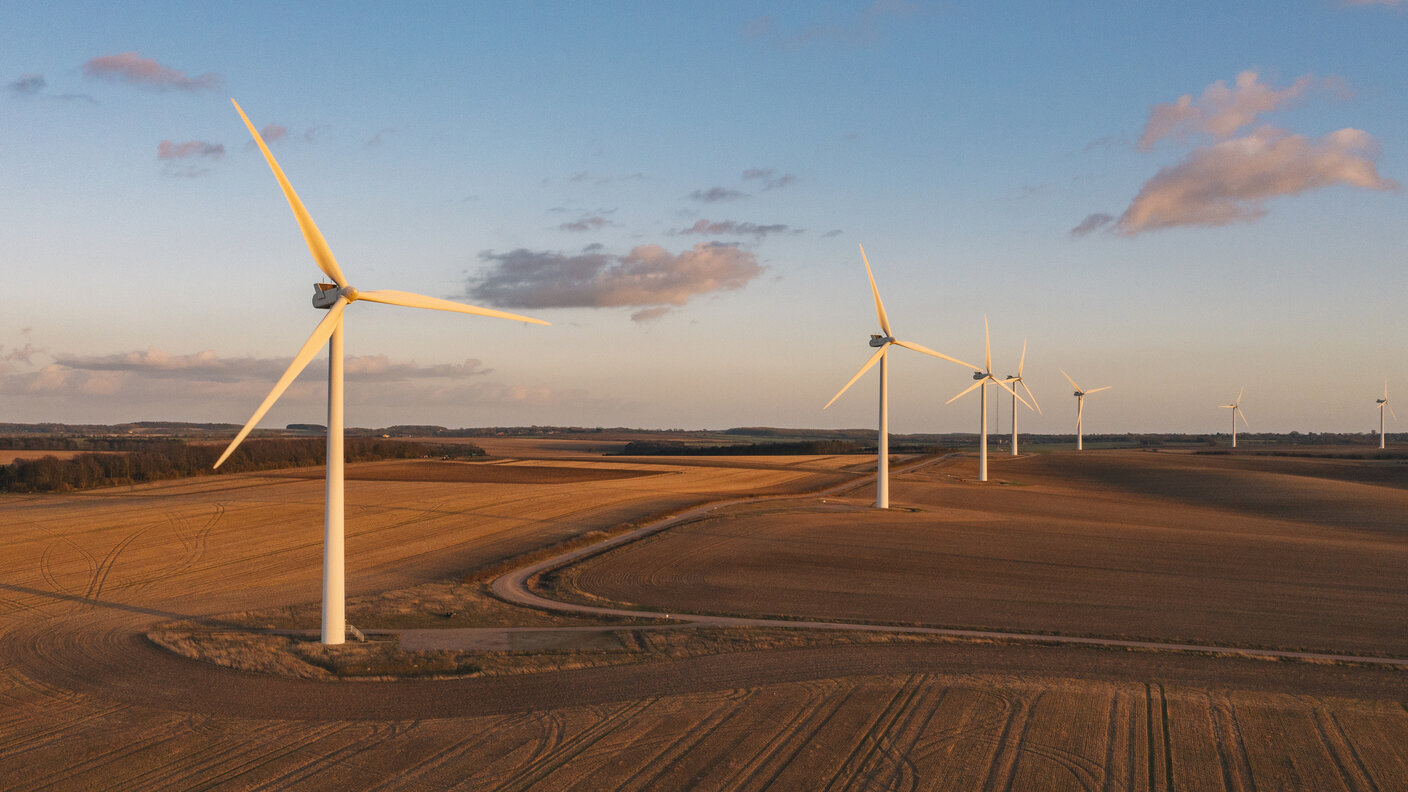2022: what doesn’t kill you makes you stronger
Ben Ritchie and Rebecca Maclean, Investment Managers, Dunedin Income Growth Investment Trust PLC

The painful adjustment to an environment of higher inflation and interest rates was the financial market story of 2022. A tough combination of the war in Ukraine, the legacy of the exceptional policy response to the pandemic and disrupted supply chains pushed prices higher for energy, agricultural commodities and, increasingly, labour. Central banks were forced to raise interest rates to curb these pressures.
These stresses were mostly felt in short-term inflation expectations, while longer-term expectations moved only slightly. Nevertheless, the short-term moves were severe. In the UK, inflation hit levels of 13-14%, the highest levels seen since the early 1980s. The Bank of England raised rates nine times from December 2021, pushing up gilt yields, peaking at the time of the shambolic Truss/Kwarteng mini-budget.
Whilst this created an extremely difficult backdrop for stock markets, 2022 was not without its success stories: the UK’s larger companies were flattered by a weaker sterling (a significant share of their revenues comes from overseas) and by the strong performance of commodity-related sectors. However, the domestically-focused FTSE 250 saw double-digit falls for the year.
MoneyWeek
Subscribe to MoneyWeek today and get your first six magazine issues absolutely FREE

Sign up to Money Morning
Don't miss the latest investment and personal finances news, market analysis, plus money-saving tips with our free twice-daily newsletter
Don't miss the latest investment and personal finances news, market analysis, plus money-saving tips with our free twice-daily newsletter
Sector performance was significantly influenced by the interest rate cycle. Companies with high debt, or little pricing power struggled as the economic environment weakened and borrowing costs soared. Energy was the year’s stand-out performer, but there were other pockets of resilience, including healthcare, utilities and consumer staples. The worst-performing sectors were domestic cyclicals such as real estate, consumer discretionary and technology. There was a significant rotation away from growth and towards ‘value’ sectors.
Sentiment towards UK assets was volatile. There can be little doubt that the mini-budget left the UK on the naughty step for many investors. The subsequent Autumn statement stabilised the situation, but the UK is still viewed carefully for any signs fiscal discipline may be lapsing.
The trust in review
It was a year of two halves for Dunedin Income Growth Investment Trust (DIGIT). Amid the uncertainty during the first six months of 2022, our main focus was to test the thesis for all the companies in the portfolio against the new economic environment, and make any adjustments. Selectively, we added to existing holdings when share prices fell back and made a few selective sales. We exited GSK (formerly GlaxoSmithKline) and Haleon, for example and added to Unilever, Aveva and the London Stock Exchange. These are all good quality businesses with long-term growth prospects that had been sold down.
In the second half of the year, as more clarity emerged and markets adjusted to higher inflation and interest rates, we started to look more closely for new opportunities. This included switching out of Persimmon and adding Taylor Wimpey, adding insurance group Hiscox, while also introducing Oxford Instruments, a specialist industrial manufacturer of high tech industrial equipment. At the moment, we are finding the most significant opportunities among domestic cyclical companies, where share prices have been hit hard. That includes companies such as Morgan Sindall and Marshalls.
The trust is well-balanced for defensiveness and recovery. It should be resilient if the economic environment worsens – the earnings and balance sheets for companies in the portfolio are likely to be more robust. However, if investors become more confident and enthused, we have been increasing our exposure to UK mid cap, domestically-focused businesses, so would hope to participate in that recovery. We are minutely focused on getting company selection right – if we do, share prices will follow.
The year ahead?
At the start of 2023, the market remains focused on inflation and interest rates: where will inflation level out? How quickly will it subside? Will it become embedded in wages? In all scenarios, markets will be watching central banks’ next move. It is likely that, barring a significant shock, we are closer to the end than the beginning of the tightening cycle.
Perhaps this may even mean that investors will have a less intensive focus on interest rates and inflation this year. The market had a significant adjustment to make in 2022, but expectations now appear more settled. This may finally allow a greater focus on the specific characteristics of individual companies, after a year when inflation data and the latest guidance from the US Federal Reserve occupied investor attention.
We would certainly welcome more focus on individual businesses. This is where we spend our time, looking at how a business is performing from a revenue, profit, cash flow and dividend point of view. Broader market sentiment and macroeconomic data are important, but these factors tend to be unpredictable. In the year ahead, we hope to spend less time talking about inflation and more time talking about profitability.
Optimism versus pessimism
There are a wide range of outcomes for 2023 and we believe share price performance may vary considerably depending on the company and individual subsector. There are plenty of reasons for caution with UK consumers facing the rising cost of living, higher mortgage rates and interest costs. Similarly, forward-looking global economic indicators are negative, and some of the more economically sensitive sectors may have to lower their forecasts. The key questions though are how much of this is priced in and do companies have the strength of balance sheet and cash generation to trade through what may be difficult times ahead. In that regard we are optimistic that for those able to take a medium-term view that there are attractive opportunities emerging.
There also remain pockets of strength. For example, The US Inflation Reduction Act and the need to drive energy security will support sectors such as renewables across the world. Likewise there remains strong structural growth drivers in areas such as healthcare, speciality chemicals and financial services. We are also more optimistic on the prospects for consumers in emerging markets, particularly in Asia. Companies providing essential products and services to these end markets, with strong competitive positions and resilient financials should be well-placed to navigate an uncertain period ahead. Looking to balance the portfolio between exposure to both structural growth and selective cyclical opportunities is where we see the best combination of risk adjusted returns in 2023.
Companies selected for illustrative purposes only to demonstrate the investment management style described herein, and not as an investment recommendation or indication of performance.
Important information
Risk factors you should consider prior to investing:
- The value of investments, and the income from them, can go down as well as up and investors may get back less than the amount invested.
- Past performance is not a guide to future results.
- Investment in the Company may not be appropriate for investors who plan to withdraw their money within 5 years.
- The Company may borrow to finance further investment (gearing). The use of gearing is likely to lead to volatility in the Net Asset Value (NAV) meaning that any movement in the value of the company’s assets will result in a magnified movement in the NAV.
- The Company may accumulate investment positions which represent more than normal trading volumes which may make it difficult to realise investments and may lead to volatility in the market price of the Company’s shares.
- The Company may charge expenses to capital which may erode the capital value of the investment.
- Derivatives may be used, subject to restrictions set out for the Company, in order to manage risk and generate income. The market in derivatives can be volatile and there is a higher than average risk of loss.
- There is no guarantee that the market price of the Company’s shares will fully reflect their underlying Net Asset Value.
- As with all stock exchange investments the value of the Company’s shares purchased will immediately fall by the difference between the buying and selling prices, the bid-offer spread. If trading volumes fall, the bid-offer spread can widen.
- Certain trusts may seek to invest in higher yielding securities such as bonds, which are subject to credit risk, market price risk and interest rate risk. Unlike income from a single bond, the level of income from an investment trust is not fixed and may fluctuate.
- Yields are estimated figures and may fluctuate, there are no guarantees that future dividends will match or exceed historic dividends and certain investors may be subject to further tax on dividends.
Other important information:
Issued by abrdn Fund Managers Limited, registered in England and Wales (740118) at 280 Bishopsgate, London EC2M 4AG. abrdn Investments Limited, registered in Scotland (No. 108419), 10 Queen’s Terrace, Aberdeen AB10 1XL. Both companies are authorised and regulated by the Financial Conduct Authority in the UK.
Find out more by registering for updates. You can also follow us on social media: Twitter and LinkedIn.
Get the latest financial news, insights and expert analysis from our award-winning MoneyWeek team, to help you understand what really matters when it comes to your finances.
MoneyWeek is written by a team of experienced and award-winning journalists, plus expert columnists. As well as daily digital news and features, MoneyWeek also publishes a weekly magazine, covering investing and personal finance. From share tips, pensions, gold to practical investment tips - we provide a round-up to help you make money and keep it.
-
 5 investment trusts for your pension
5 investment trusts for your pensionInvestment trusts are often a good choice for long term growth and income options, but which ones should you consider for your pension?
-
 Inheritance tax climbdown as agricultural property relief threshold raised
Inheritance tax climbdown as agricultural property relief threshold raisedReforms to agricultural property relief had sparked strong opposition, and the government has now diluted its controversial inheritance tax plans for farmers
-
 The top healthcare funds to buy
The top healthcare funds to buyTips Increasingly rapid progress in drugs and healthcare technology makes these trusts top tips, says Max King.
-
 A private equity approach to public markets
A private equity approach to public marketsTips A different approach to capitalising on low UK equity valuations.
-
 Private equity’s discount dilemma
Private equity’s discount dilemmaTips Many trusts trade on wide discounts, but there’s no reason to think that valuations are overstated.
-
 10 dirt-cheap Reits to buy now
10 dirt-cheap Reits to buy nowTips Real estate investment trusts (Reits) are out of favour due to rising interest rates and fear of weak demand. The sell-off has been so indiscriminate that many now offer compelling value, says Rupert Hargreaves.
-
 7 infrastructure investment trusts for income and growth
7 infrastructure investment trusts for income and growthTips These alternative investment trusts with international exposure could provide investors with an attractive income stream as well as capital growth, says Max King
-
 11 investment trusts for inflationary times
11 investment trusts for inflationary timesTips Inflation eats away at the value of your money, but these investment trusts can help you grow your wealth.
-
 The MoneyWeek portfolio of investment trusts – March 2023 update
The MoneyWeek portfolio of investment trusts – March 2023 updateTips A decade ago we set up the MoneyWeek portfolio of investment trusts. It proved a success, says Andrew Van Sickle.
-
 Green shoots for global markets in 2023?
Green shoots for global markets in 2023?Advertisement Feature There are many risks for the global economy in 2023, but there are also encouraging signs. Asia is benefitting from the reopening of China and improving investor confidence. Reliable cash flow and dividends are likely to be highly valued by investors this year

